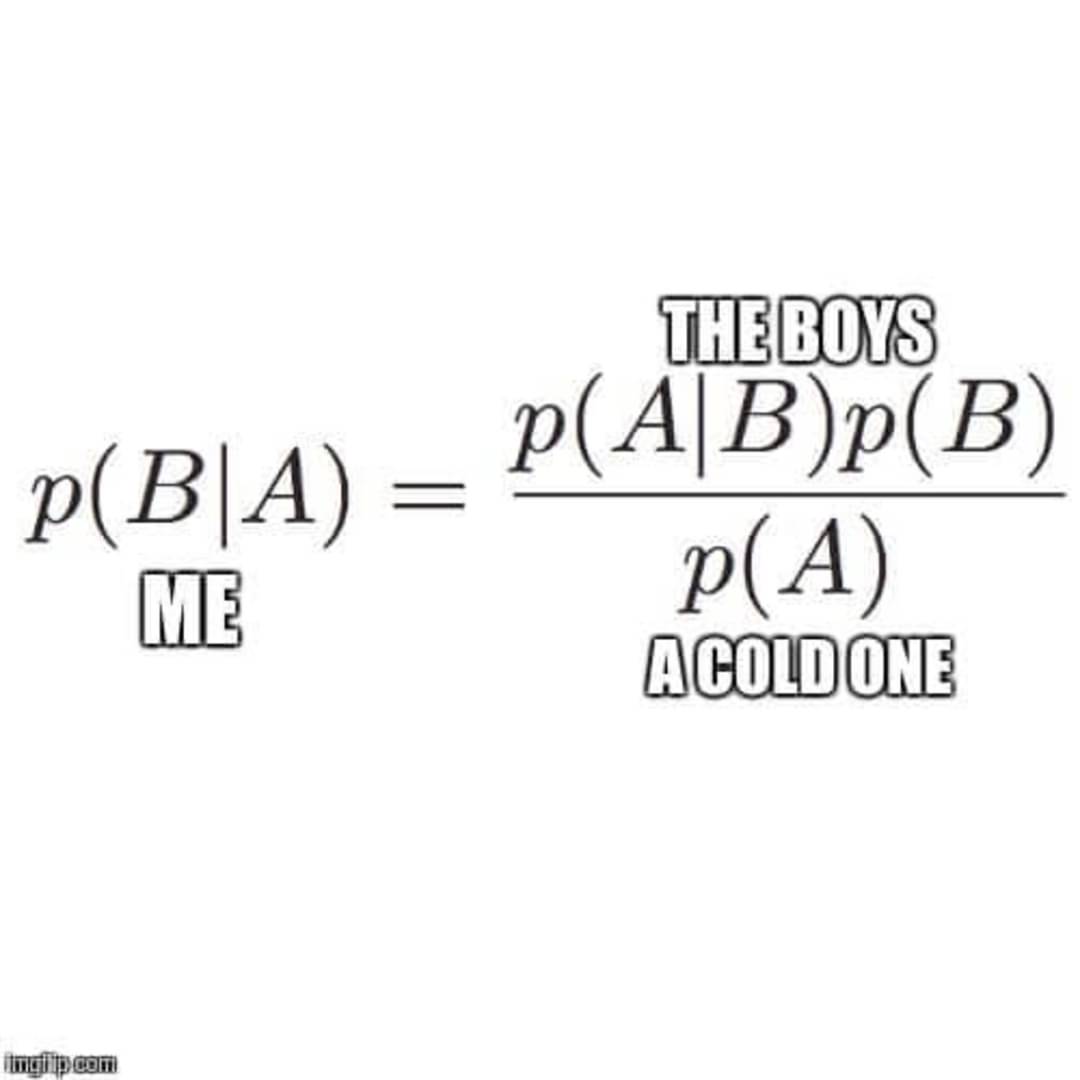This isn't a meme I can enjoy frequently....
Science Memes
Welcome to c/science_memes @ Mander.xyz!
A place for majestic STEMLORD peacocking, as well as memes about the realities of working in a lab.

Rules
- Don't throw mud. Behave like an intellectual and remember the human.
- Keep it rooted (on topic).
- No spam.
- Infographics welcome, get schooled.
This is a science community. We use the Dawkins definition of meme.
Research Committee
Other Mander Communities
Science and Research
Biology and Life Sciences
- [email protected]
- [email protected]
- [email protected]
- [email protected]
- [email protected]
- [email protected]
- [email protected]
- [email protected]
- [email protected]
- [email protected]
- [email protected]
- [email protected]
- [email protected]
- [email protected]
- [email protected]
- [email protected]
- [email protected]
- [email protected]
- [email protected]
- [email protected]
- [email protected]
- [email protected]
- [email protected]
- [email protected]
- !reptiles and [email protected]
Physical Sciences
- [email protected]
- [email protected]
- [email protected]
- [email protected]
- [email protected]
- [email protected]
- [email protected]
- [email protected]
- [email protected]
Humanities and Social Sciences
Practical and Applied Sciences
- !exercise-and [email protected]
- [email protected]
- !self [email protected]
- [email protected]
- [email protected]
- [email protected]
Memes
Miscellaneous
Ok, this is Bayesian probably update. Is is said that posterior and the model crack the prior?
What am i missing?
I know it's referencing this but don't know enough about Bayesian probability
https://knowyourmeme.com/memes/cracking-open-a-cold-one-with-the-boys
Can someone explain for the non-statisticians?
P(A|B) means the conditional probability of event A happening if B has happened. It is defined as P(A∩B)/P(B).
The equation show is the Bayes' Rule. It shows the relationship between P(A|B) and P(B|A). This is useful in Bayesian statistics (of course why would it not be) as you change your probability distribution based on the data observed, and almost every time it's easier to find the value by swapping the events.
